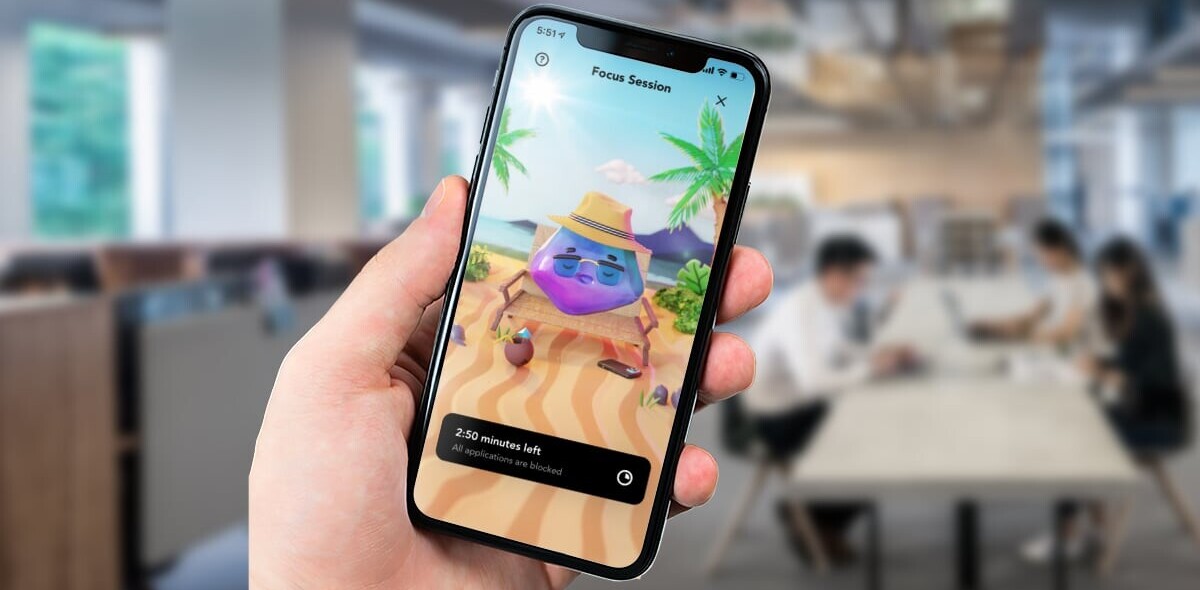
Did you know Nir Eyal, the author of this piece, is speaking at TNW2020 this year? Check out his session on ‘Indistractable: How to Control Your Attention and Choose Your Life’ here.
It doesn’t so much matter what you do with your time; rather, success is measured by whether you did what you planned to do. It’s fine to watch a video, scroll social media, daydream, or take a nap, as long as that’s what you planned to do.
Alternatively, checking work email, a seemingly productive task, is a distraction if it’s done when you intended to spend time with your family or work on a presentation. Keeping a timeboxed schedule is the only way to know if you’re distracted. If you’re not spending your time doing what you’d planned, you’re off track.
To create a weekly timeboxed schedule, you’ll need to decide how much time you want to spend on each domain of your life. How much time do you want to spend on yourself, on important relationships, and on your work? Note that “work” doesn’t exclusively mean paid labor. The work domain of your life can include community service, activism, and side projects.
Build your values into your calendar
How much time in each domain would allow you to be consistent with your values? Start by creating a weekly calendar template for your perfect week. You’ll find a blank template using my free online calendar tool at NirAndFar.com/schedule-maker.
Next, book fifteen minutes on your schedule every week to reflect and refine your calendar by asking two questions:
Question 1 (Reflect): “When in my schedule did I do what I said I would do and when did I get distracted?”
Answering this question requires you to look back at the past week. I recommend using this Distraction Tracker to note when and why you become distracted.
If an internal trigger distracted you, what strategies will you use to cope the next time it arises? Did an external trigger, like a phone call or a talkative colleague, prompt you to stop doing what you wanted to do? Or was a planning problem the reason you gave in to distraction? If so, you can look back through your Distraction Tracker to help answer the next question.
Question 2 (Refine): “Are there changes I can make to my calendar that will give me the time I need to better live out my values?”
Maybe something unexpected came up, or perhaps there was a problem with how you planned your day. Timeboxing enables us to think of each week as a mini-experiment.
The goal is to figure out where your schedule didn’t work out in the prior week so you can make it easier to follow the next time around. The idea is to commit to a practice that improves your schedule over time by helping you know the difference between traction and distraction for every moment of the day.
Before moving on, consider what your schedule currently looks like. I’m not asking about the things you did, but rather the things you committed to doing in writing. Is your schedule filled with carefully timeboxed plans, or is it mostly empty? Does it reflect who you are? Are you letting others steal your time or do you guard it as the limited and precious resource it is?
When our lives change, our schedules can too. But once our schedule is set, the idea is to stick with it until we decide to improve it on the next go-round. Approaching the exercise of making a schedule as a curious scientist, rather than a drill sergeant, gives us the freedom to get better with each iteration.
Protect your most previous resource
By turning our values into time, we make sure we have time for traction. If we don’t plan ahead, we shouldn’t point fingers, nor should we be surprised when everything becomes a distraction. Being indistractable is largely about making sure you make time for traction each day and eliminating the distraction that keeps you from living the life you want—one that involves taking care of yourself, your relationships, and your work.
This article originally appeared on Nir & Far. Nir Eyal is the bestselling author of Hooked: How to Build Habit-Forming Products and Indistractable: How to Control Your Attention and Choose Your Life. Nir blogs at NirAndFar.com. Get a complimentary Indistractable workbook here.
Get the TNW newsletter
Get the most important tech news in your inbox each week.




